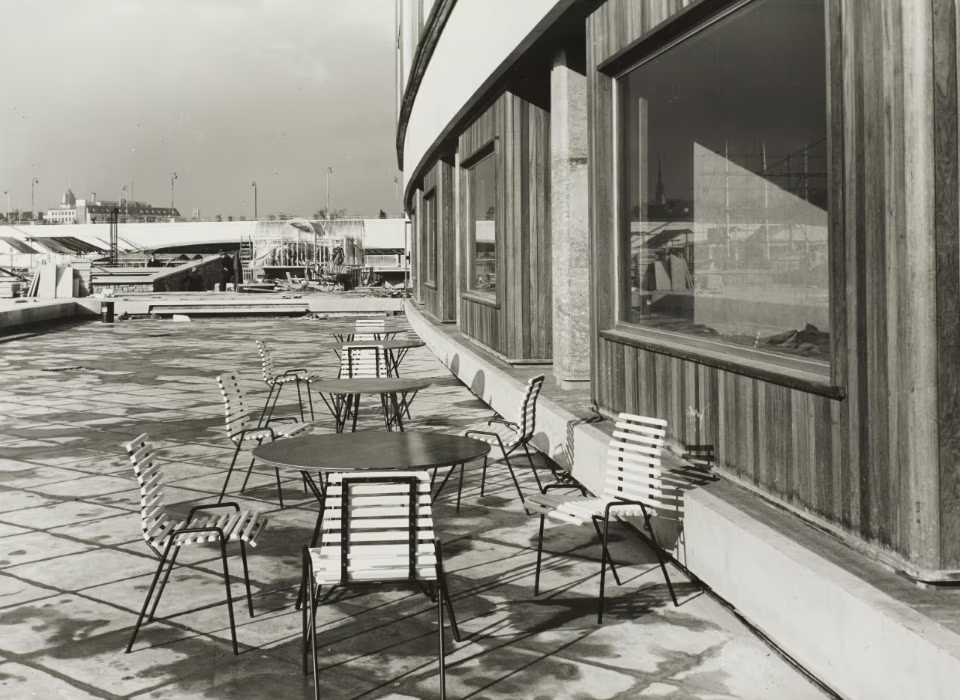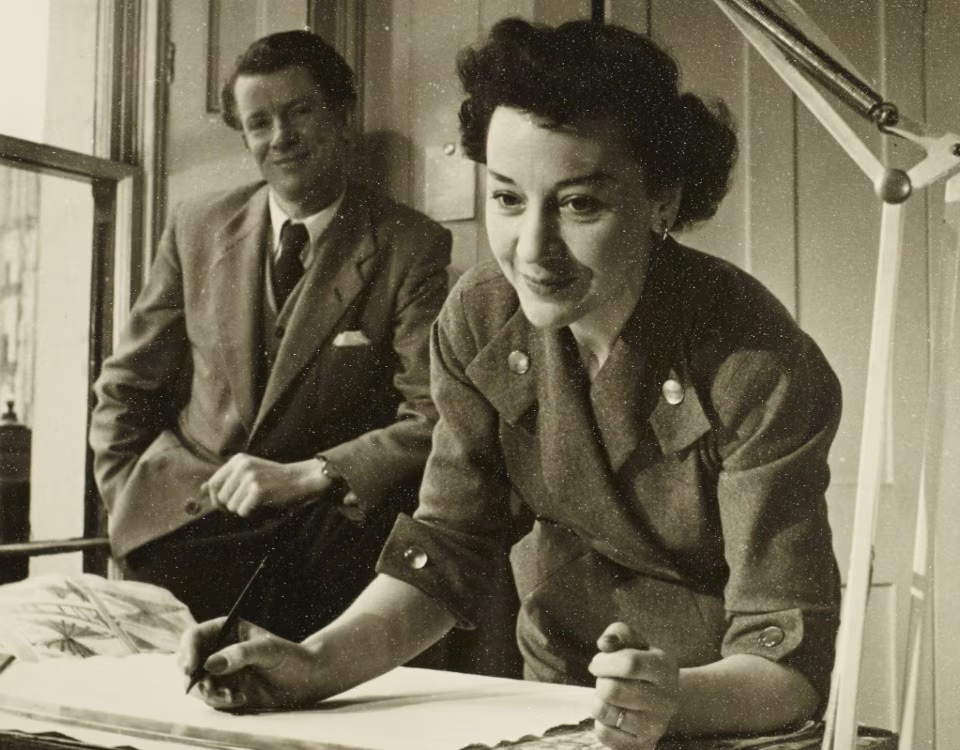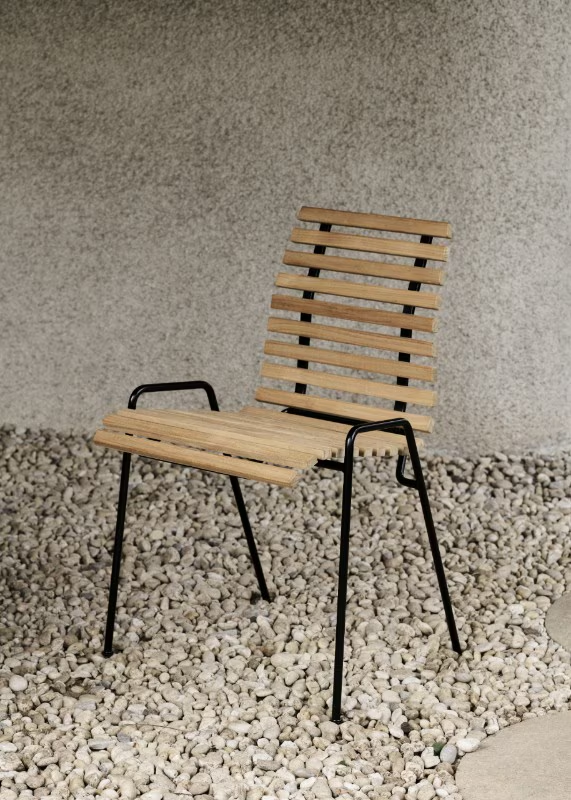In 1948, the Museum of Modern Art in New York organized an international competition focused on affordable furniture. The competition was a huge success, not only because of the $5,000 prize money, but also because of the prestigious venue. The competition was born out of the urgent post-war need for affordable housing and furniture suitable for small spaces.
Among the participants were iconic designers of the era: Marcel Breuer, Donald A. Wallance, Hans J. Wegner, Jorn Utzon, Franco Albini, Marco Zanuso, and Charles Eames, who, alongside Eero Saarinen, had previously triumphed in the “Organic Design in Home Furnishings” contest. Despite this, Eames only managed to secure a shared second place in the Seating Unit category. His Rar chair, created by Hermann Miller, is now considered a design classic.

Surprisingly, the top prize in the Storage Unit category went to a relatively unknown duo from London: Robin Day and Clive Latimer. Their modular furniture set, blending wood and metal, was strikingly modern. The jury praised its ingenious structure, clean lines, and practical assembly, foreseeing the rise of modular systems in the decades to come.
The MoMA exhibition was a major turning point in Robin Day’s career, making him one of the most important designers of his generation. Raised in the Buckinghamshire town of High Wycombe, Day graduated from the Royal College of Art and began teaching design at Beckenham School of Art and later at Regent Street Polytechnic. In 1940, he met his future wife, Lucienne, a textile design student, at a dance at the RCA. Together they formed an iconic couple in the design world, like Josef and Anni Albers or Charles and Ray Eames. By the 1950s, Lucienne had started emerging as one of the most talented textile designers ever, while Robin exemplified the enlightened post-war designer, working across objects, graphics, exhibitions, and interiors.

After winning the MoMA competition, Robin Day was in the international spotlight. When the London-based manufacturer S. Hille & Co. decided to produce modern furniture, they gave Day the freedom to explore new solutions. He quickly demonstrated his ability to design products that were not only fast-selling but also easy to produce. This collaboration lasted for many decades and resulted in historic pieces such as the Hillestak Chair (1951), the famous 675 Chair (1953), and the groundbreaking Polypropylene Chair (1963). The Polypropylene Chair, the first to feature a mass-produced polypropylene shell, was originally intended for home use, but was later adopted in a variety of settings, including airports, sports stadiums, and cathedrals. More than 14 million of these chairs have been produced.
To produce things which are merely new and not better is really evil. Things should be made because they are better and with regard to the limited resources of the planet, so they should be re-usable and long-lasting. People often think that mere newness is innovation, but it isn’t.
Robin Day

The MoMA victory opened doors for major public commissions for Day, including designing furniture for the Homes and Gardens Pavilion at the 1951 Festival of Britain and seating for the Royal Festival Hall, one of his most important achievements. For the concert hall seats, Day used materials and techniques from the automotive industry, incorporating pressed steel and cast steel supports.
Following these successes, Day was invited to design furniture for many public spaces, including the Gatwick Chair (1958) for Gatwick Airport, benches for British Rail (1956), and seats for the London Underground (1990), which are still extensively used. Although his name is not widely known, his chairs and designs are familiar fixtures around the world.

Today, several new editions are reviving the work of this design pioneer, undoubtedly one of the most significant figures in British post-war design. During the 3days of design event in Copenhagen, Danish manufacturer &tradition reissued two historic Robin Day collections: the Daystak series, featuring a stackable chair and table, and the celebrated designs for outdoor spaces and the foyers and restaurant of the Royal Festival Hall. These include an armchair and a lounge chair with elegant profiles and wooden arms that stretch out like wings.

What makes Robin Day’s work relevant today is his relentless exploration of the technical and aesthetic possibilities of materials and his deep belief in design as a transformative force. As he explained in 1999, “to produce things which are merely new and not better is really evil. Things should be made because they are better and with regard to the limited resources of the planet, so they should be re-usable and long-lasting. People often think that mere newness is innovation, but it isn’t.”
Far from the spotlight and the self-centeredness of the celebrity world, Robin Day stands out as a fascinating figure, a sincere and brilliant advocate of “good design” beyond trends. Rediscovering his luminous career is to rediscover the true purpose of design: blending innovation with accessibility, and ethics with aesthetics.
Opening image: Robin Day in his studio at Cheyne Walk, London in 1956 © Robin & Lucienne Day Foundation

Ethimo's latest collection is all about weaves
Inspired by the traditional craftsmanship of Eastern Spain and patios, the new collection designed by Studio Zanellato/Bortotto reimagines the aesthetics of comfort.


